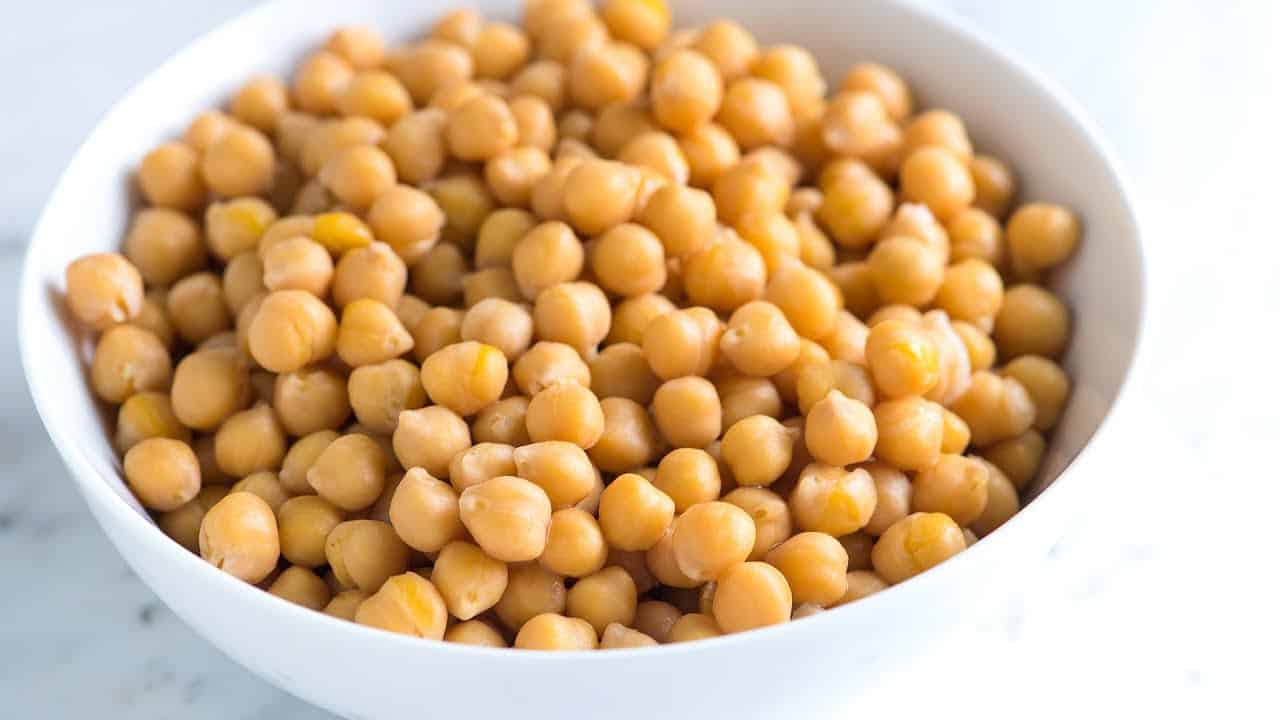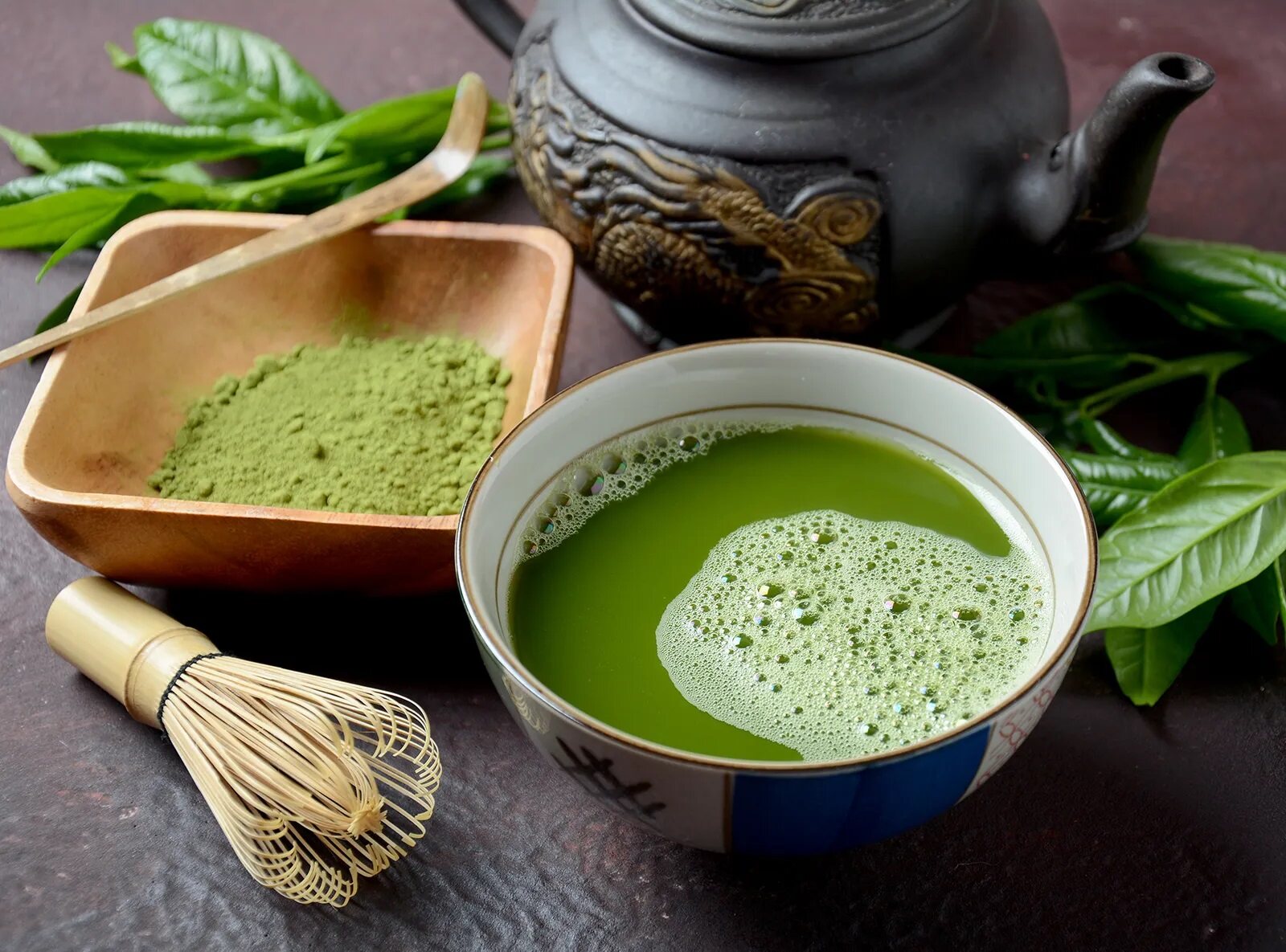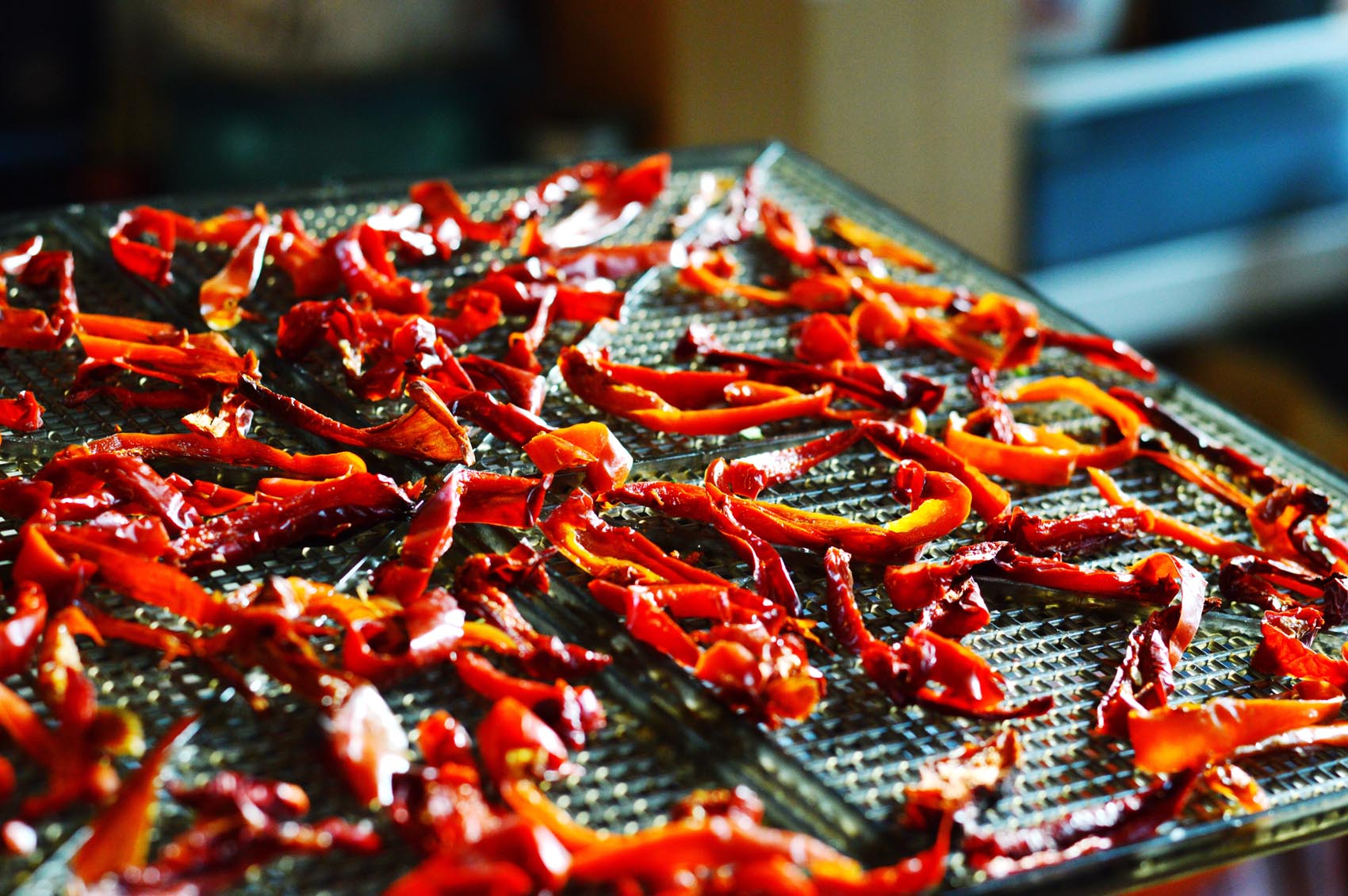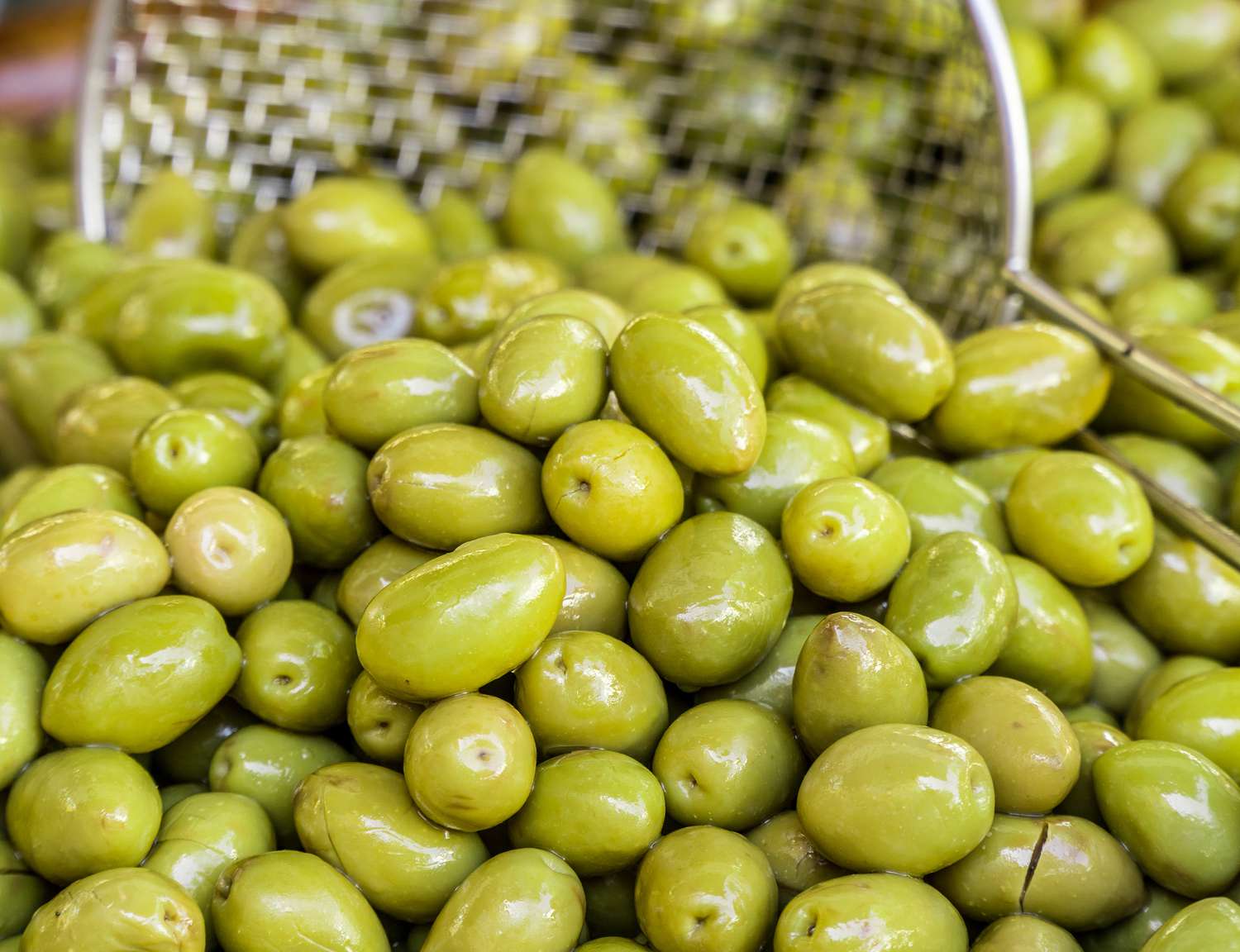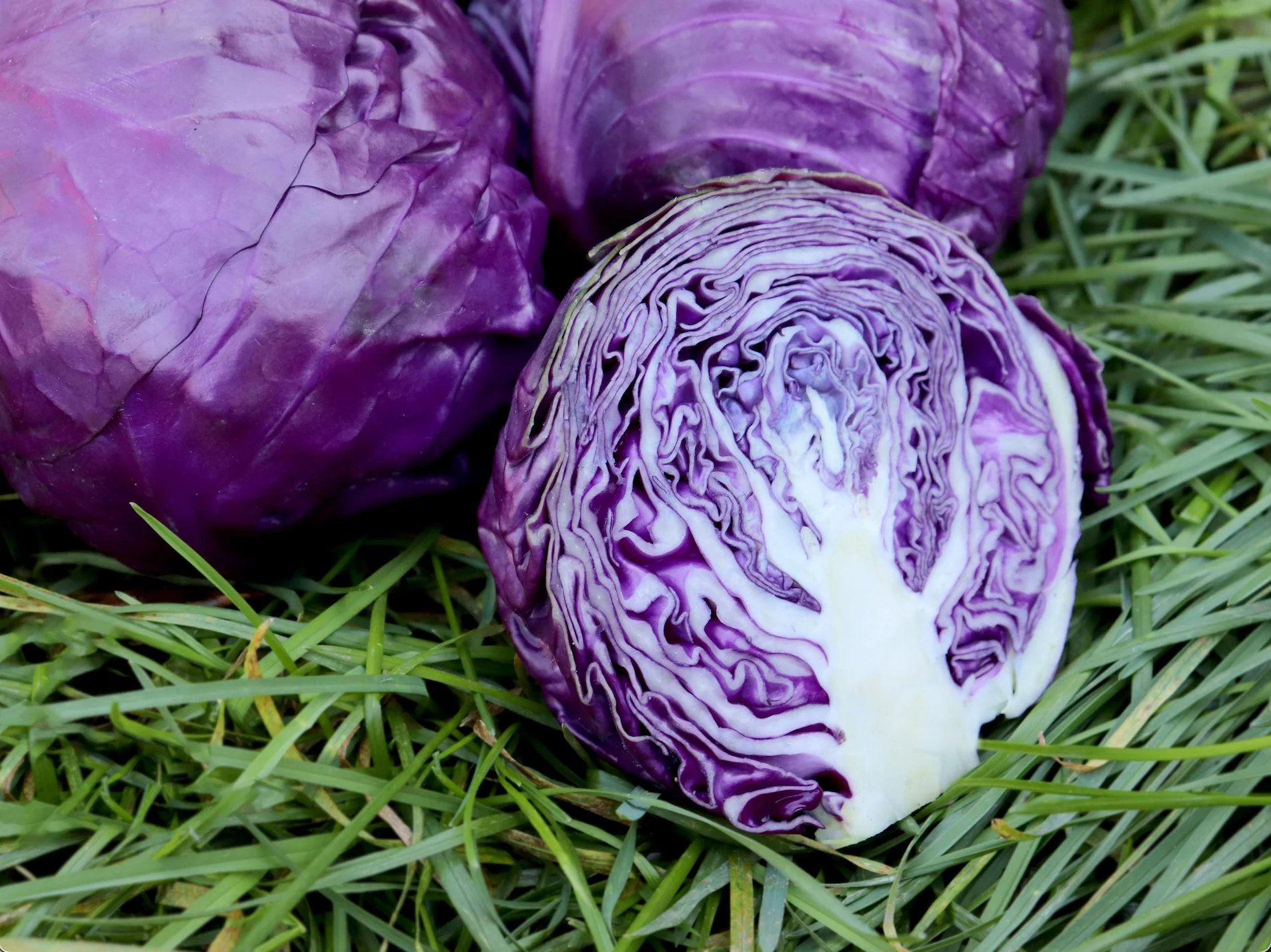Unlocking the Power of Probiotics: Fermenting Cabbage for Gut Health
Welcome to the wonderful world of fermentation! If you’re looking to boost your gut health and add some tangy flavor to your meals, fermenting cabbage is an excellent place to start. Not only does it create a delicious dish, but it also packs a powerful probiotic punch that can benefit your digestive system.
Why Ferment Cabbage?
Fermentation is a natural process that has been used for centuries to preserve food and enhance its nutritional value. When it comes to cabbage, fermenting it not only extends its shelf life but also creates a rich source of probiotics, which are beneficial bacteria that support a healthy gut microbiome.
Getting Started
Ready to get your hands dirty and start fermenting? Here’s what you’ll need:
- 1 head of organic cabbage
- 1 tablespoon of sea salt
- A large mixing bowl
- A knife or mandoline slicer
- A glass or ceramic fermentation vessel
- A weight to keep the cabbage submerged
The Fermentation Process
Now that you have your ingredients and equipment ready, it’s time to dive into the fermentation process. Follow these simple steps:
- Remove the outer leaves of the cabbage and set them aside.
- Shred the cabbage into thin strips using a knife or mandoline slicer.
- Place the shredded cabbage in a mixing bowl and sprinkle the sea salt over it.
- Massage the cabbage and salt together for a few minutes until it starts to release its juices.
- Transfer the cabbage and its juices into the fermentation vessel, packing it down tightly with a spoon or your hands.
- Place the reserved cabbage leaves on top of the shredded cabbage to keep it submerged.
- Place the weight on top of the cabbage leaves to ensure they stay submerged.
- Cover the vessel with a clean cloth to keep out dust and insects.
- Let the cabbage ferment at room temperature for about 1-2 weeks, tasting it periodically until it reaches the desired tanginess.
Enjoying Your Fermented Cabbage
Once your cabbage has reached its desired level of fermentation, it’s time to enjoy the fruits of your labor! You can incorporate your fermented cabbage into a variety of dishes, such as salads, sandwiches, or simply enjoy it as a flavorful side dish. Just remember to store it in the refrigerator to slow down the fermentation process and preserve its delicious flavor.
The Benefits of Probiotics
By fermenting cabbage, you’re not only creating a tasty treat but also harnessing the power of probiotics. These beneficial bacteria can help support a healthy digestive system, boost your immune function, and even improve your mood. Adding fermented foods like cabbage to your diet can contribute to a diverse and thriving gut microbiome, which is essential for overall well-being.
So, what are you waiting for? Get your hands dirty, embrace the art of fermentation, and savor the delicious, probiotic-rich goodness of homemade fermented cabbage!
Was this page helpful?
Read Next: How To Ferment Cabbage In An Instant Pot
